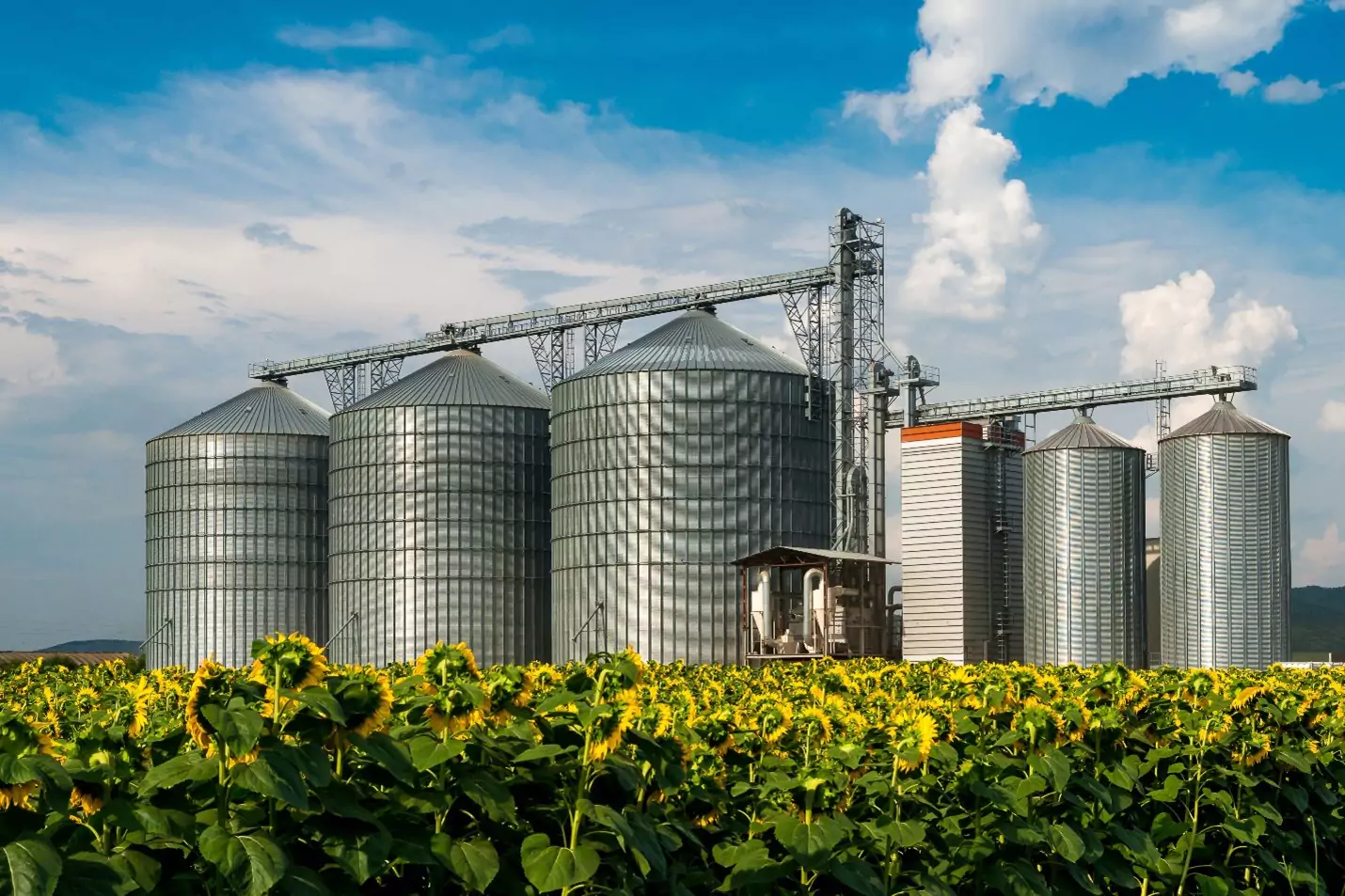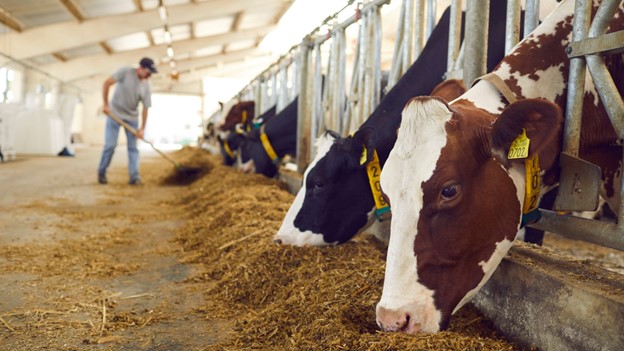Harvesting Growth Under the Farm Bill 2024

With the arrival of Q3, attention shifts towards the autumn harvest months and the significant impact of the forthcoming 2024 Farm Bill.
The extension of the Agriculture Improvement Act of 2018 (2018 Farm Bill) through H.R. 6363 last year allowed authorized programs to continue until September 30, 2024. With the expiration drawing near, we must gear up for the potential opportunities that await us upon the passage of the 2024 Farm Bill starting in October.
While the finalized version has yet to be confirmed, the initial draft has recently been approved and released. We expect these changes to open various expansion opportunities for farmers and agribusinesses.
Featured Topics:
Opening the Path to Strategic Diversification
Before you consider expansion, it is vital to build your farm’s resilience through crop diversification. Achieving this goal can reduce the effects of unfavorable weather conditions or market fluctuations that may impact specific crops. Furthermore, diversifying crops with different harvesting schedules allows for workload distribution across the year and the opportunity to access specialized markets.
As you cover more ground, you are setting up a steady cash flow for your farm. This prepares you for growth opportunities.
Farmers have historically relied on a limited set of crops due to existing base acre constraints. But with a less restrictive determination of your base acres, you can expand crop diversity without compromising your eligibility for support programs.
Your updated base acres under the new farm bill will reflect your actual plantings from 2018 to 2023. You can accurately access support corresponding to your current production practices by aligning base acres with recent crop plantings. This gives you enough room to explore diversification strategies based on market demand, crop rotation benefits, or sustainability considerations. Even better, this inclusivity provides financial and operational flexibility for big agribusinesses and small family farms with varying agricultural specialties.
Lastly, the allowance for non-covered commodities on up to 15% of total farm acres presents an opportunity to try out alternative crops that may not have been previously feasible. This change can allow you to consider high-value or specialty crops like potatoes or onions. Then, integrate them into your farming operations to capture new market opportunities.
Cultivating Expansion Opportunities with Increased Financial Security
The recently approved draft of the Farm Bill equips farmers with the financial confidence needed to work on agricultural expansion. This confidence arises from enhanced security and stability coinciding with the subsequent changes.
1. Agricultural Risk Coverage Program
The increase in the guarantee of benchmark revenue from 86% to 90% and the rise in the maximum payment from 10% to 12.5% under the ARC program provide farmers with greater financial security and stability. With a higher level of protection against market fluctuations and adverse conditions, you can make informed decisions about expanding your operations with reduced financial risk.
2. Marketing Assistance Loans
You can obtain a higher loan amount, with most marketing assistance loans set to increase by approximately 10%. This increase gives you access to the capital necessary for expansion purposes. However, the rise in market loan rates could potentially lead to smaller price loss coverage (PLC) payments, affecting the risk management aspect of the expansion. You should carefully evaluate these changes and consider your financial strategies and potential impacts on expansion plans before making decisions.
3. Livestock Programs
If you’re a dairy or livestock farmer, you may find interest in the proposed increase in tier-one coverage subsidy under the dairy margin program, as this can potentially free up resources for expansion efforts. Furthermore, the increased payment rate for livestock indemnity payments, particularly for animals lost to federally protected species, improves risk management for livestock farmers. This added support can bolster expansion decisions by offering increased financial security within the livestock sector.

4. Increased Maximum CRP Payment
The recently approved draft significantly increases the maximum Conservation Reserve Program (CRP) payment from $50,000 to $125,000. This could be an opportune time for you to enroll more acres unsuitable for farming. This provides a steady source of income and allows you to maintain and improve the land for future use.
5. Changes in Crop Insurance Policies
Increasing subsidies for crop insurance policies, such as revenue protection and supplemental coverage options, could help farmers in different regions purchase higher insurance coverage without incurring high costs. As this eases some of your financial burden, you can use your cash flow to invest in new opportunities and expand your operations.
Anticipating the Harvest Season
While these proposals are still under consideration, it’s advisable to incorporate them into your agribusiness planning. This preparation ensures that by October, you’ll be ready to adapt to shifts in policies and regulations. Consequently, you can capitalize on potential changes with the insight and confidence needed to explore new opportunities.
Much like the anticipation of the harvest season, there are uncertainties along the way, but the promise of fruitful gains when the time arrives is ever-present.
My team at MBE CPAs specializes in the agribusiness industry and has worked with farmers of varying sizes and agricultural specialties. We have the tools and knowledge needed to guide you through the complexities of potential updates to the farm bill, their impact on your viability for growth, and their tax implications.
